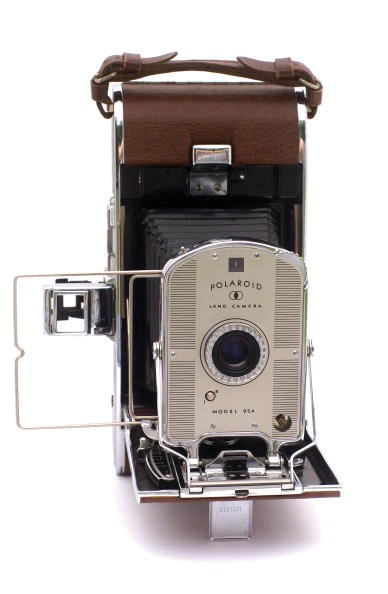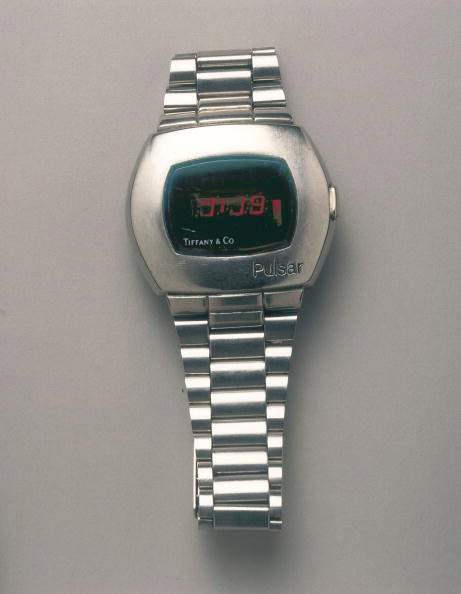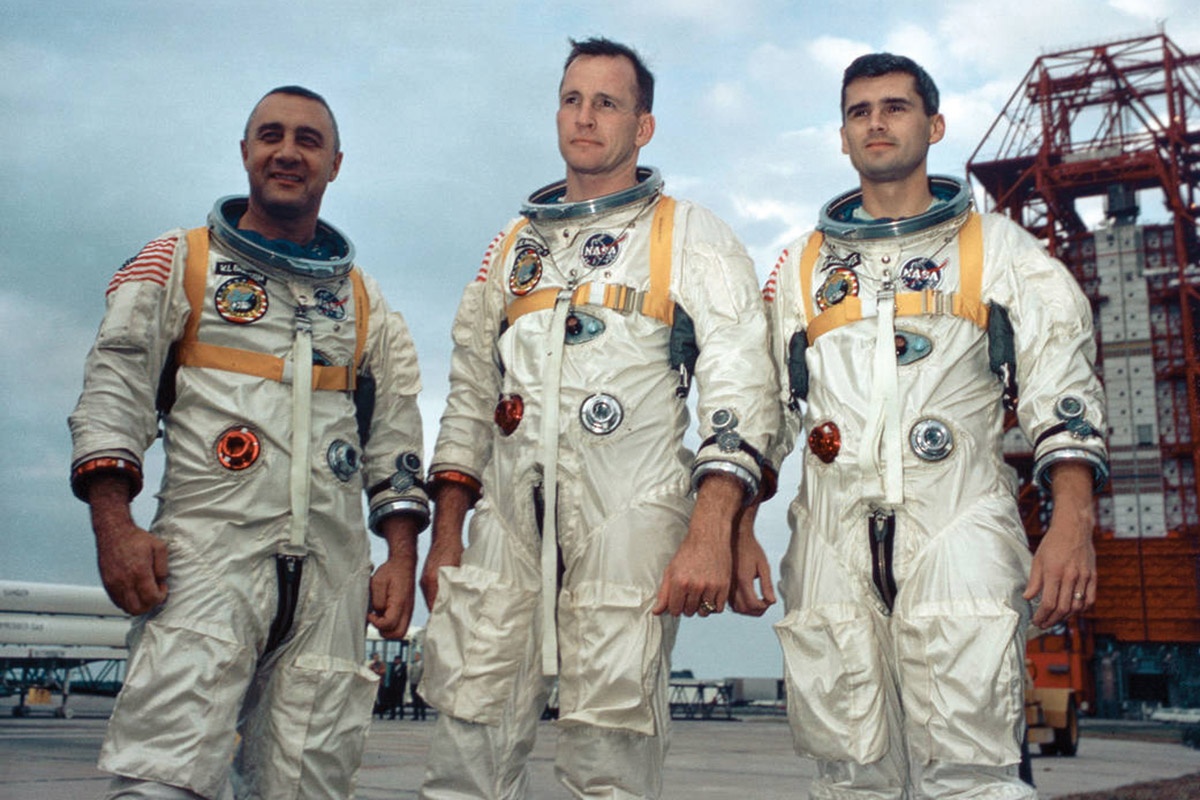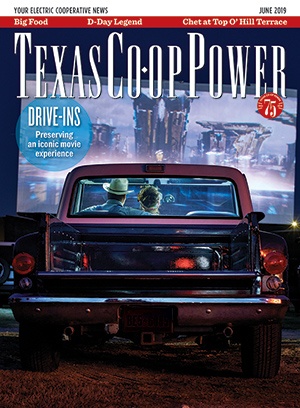Since 1944, the year Texas Co-op Power debuted, Americans have taken Polaroids, walked on the moon and come to rely on Velcro. These are just a few of the science and technology milestones we remember this month.
1945: Grand Rapids, Michigan, becomes the first city in the world to fluoridate its drinking water.
1947: The transistor is invented, making possible a host of modern appliances and electronics.
1947: An automated external defibrillator is used successfully on a human for the first time.
1948: Columbia Records introduces the first LP—long-playing record.
1948: Holography, the technique that creates three-dimensional images, is invented.
1948: The transistor radio is demonstrated for the first time.

The Polaroid Land camera
Hulton Archive | getty images
1948: WBAP in Fort Worth becomes the first TV station in Texas.
1951: The Ferranti Mark 1 becomes the world’s first commercially available computer.
1954: The first pocket transistor radio, the Regency TR-1 from Texas Instruments, goes on sale.

Velcro
Ekaterina 43 | Shutterstock.com
1957: The Soviet Union inaugurates the Space Age with its launch of Sputnik 1, the world’s first artificial satellite.
1958: Texas Instruments electrical engineer Jack Kilby invents the integrated circuit, later winning a Nobel Prize for the discovery, which paved the way for smartphones and other modern electronics.
1958: The first commercial nuclear power plant in the U.S. opens as the Shippingport Atomic Power Station in Pennsylvania.
1960: A self-contained, implantable pacemaker is successfully used on a human for the first time.
1961: NASA opens the Manned Spacecraft Center in Houston. The center moves to a new campuslike complex in 1964 and is renamed Lyndon B. Johnson Space Center in 1973.
1962: The first breast augmentation surgery using silicone implants takes place in Houston.
1964: Carved from wood, the first computer mouse has one button.
1965: San Antonio native Ed White becomes the first American to walk in space—during the Gemini 4 mission.
1965: J. Robert Cade, a nephrologist and San Antonio native, leads the team that invents Gatorade.
1967: Texas Instruments creates the first handheld calculator.
1968: Chemist Spencer Silver of San Antonio invents the low-tack adhesive that changes the world when it’s used to create Post-It notes in 1980.
1968: Surgeon Denton Cooley and his associates at Houston’s St. Luke’s Hospital perform the first heart transplant in the U.S. The patient lived another 204 days.
1968: Dr. Michael DeBakey supervises a surgical team of 60 who perform the first multiorgan transplant at Methodist Hospital in Houston—removing a heart, lung and two kidneys from one donor and implanting them into four patients.
1969: Neil Armstrong radios to NASA’s Johnson Space Center: “Houston, Tranquility Base here. The eagle has landed,” confirming the lunar landing of Apollo 11.
1970: The Datapoint 2200, released by the San Antonio-based Computer Terminal Corp., is the first practical, fully functional, mass-produced, single-person computer to reach the market.

sspl | Getty images
1973: The first mobile telephone call is made when a Motorola engineer calls his rival at Bell Laboratories to tell them he’s speaking via a mobile phone.
1974: A universal product code, or bar code, is used for the first time—at a supermarket in Troy, Ohio.
1977: The Texas A&M University College of Medicine opens its doors in College Station. The first class of 32 physicians graduated in 1981.
1980: John B. Goodenough develops the first lithium-ion battery. Goodenough has been an engineering professor at the University of Texas since 1986. He turns 97 next month.
1983: The Motorola DynaTAC 8000x becomes the first commercial handheld cellphone.
1984: Apple kicks off a media campaign for its Macintosh computer during Super Bowl XVIII with a commercial invoking George Orwell’s 1984.
1984: Michael Dell starts his computer company, then called PC’s Limited, in his dorm room at the University of Texas.
1990: Tim Berners-Lee and Robert Cailliau publish WorldWideWeb: Proposal for a HyperText Project, laying the groundwork for the internet.
1991: Multipurpose internet mail extension allows emails to be sent with attachments.
1993: Congress cancels a project to build the world’s largest supercollider, a tunnel 14 feet in diameter and 52 miles in circumference near Waxahachie.
1997: The first usable-by-anyone portable defibrillator debuts. It instructs the operator on how to use the paddles, automatically applies the correct voltage and sells for $4,000.
2007: The iPhone is released, revolutionizing cellphones and popularizing touchscreens.
2010: Architecture students Andrea Sreshta and Anna Stork invent the LuminAID, an inflatable solar lantern that packs flat, making the first 50 prototypes by hand. Thousands of the lanterns have been given to more than 70 countries affected by natural disasters.
2018: The University of Texas’ McDonald Observatory in Fort Davis is chosen by NASA as one of three sites nationally to host a facility for its Space Geodesy Project, which aims to help scientists counter the effects of earthquakes, volcanoes, sea level changes and landslides.


